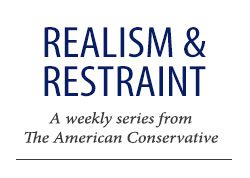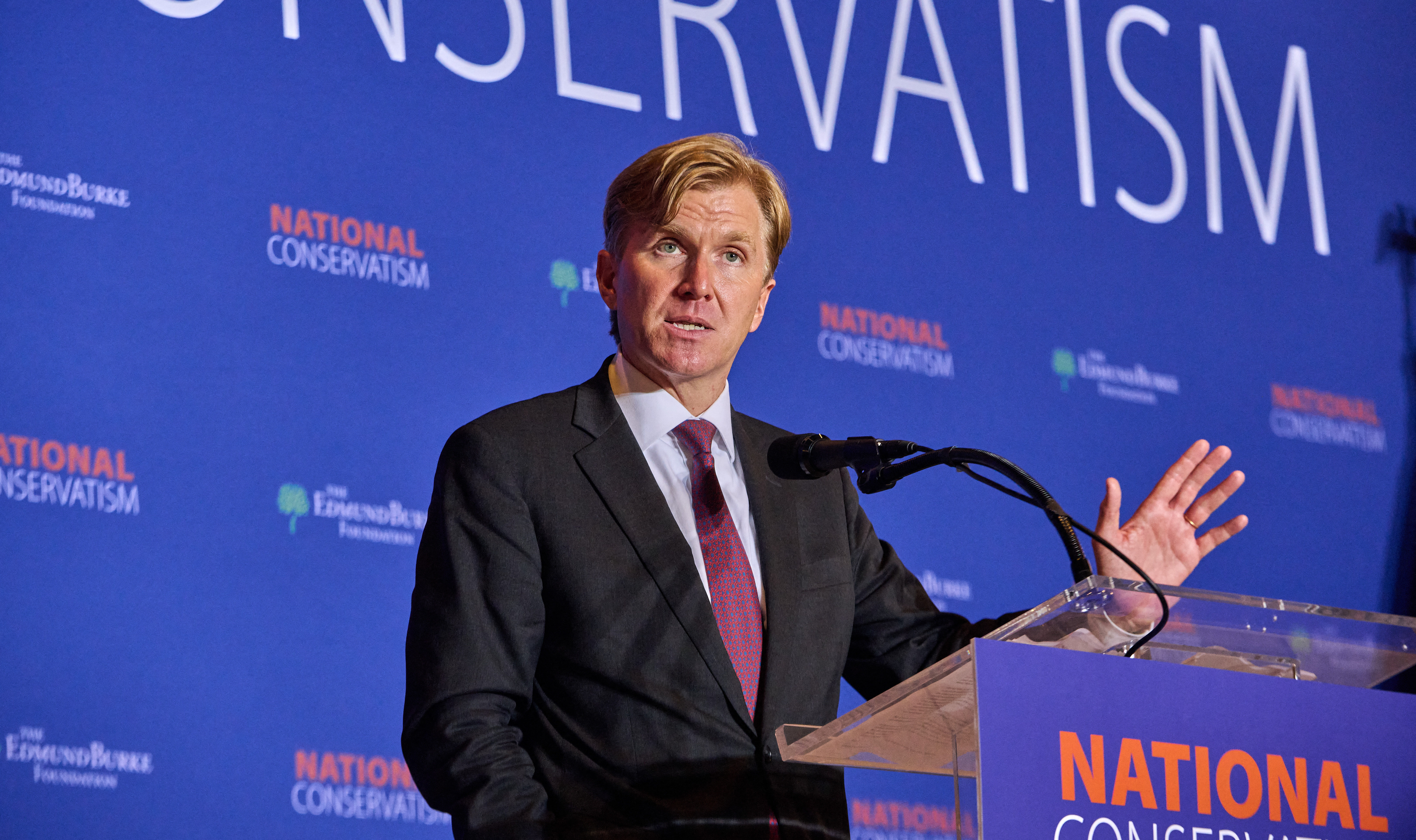Trump Still Wants Out of Syria
Despite broad opposition from within his own military, President Donald Trump doesn’t seem to be backing down from his earlier order to bring U.S. troops home from Syria.
Trump, in little noticed remarks at the White House on July 16, repeated his support, first announced last December, for a quick exit of U.S. forces on the ground in Syria, which now number around 1,000.
“We’re rapidly pulling out of Syria,” he said at the end of a cabinet meeting. “We’ll be out of there pretty soon. And let them handle their own problems. Syria can handle their own problems—along with Iran, along with Russia, along with Iraq, along with Turkey. We’re 7,000 miles away.”
Not only did Trump reassert his continued backing for a speedy U.S. retreat, which diplomats, led by James Jeffrey, the U.S. special envoy for Syria engagement, have labored mightily in recent months to temper. He also pointedly excluded the U.S. (and Israel) as the real players in postwar Syria.
Trump’s impromptu remarks have disappeared like ice on a Washington summer day. But they highlight once again doubts, and not just in the White House, about the staying power of U.S. forces in Syria.
With or without Trump’s support, the rationale for continuing to occupy an isolated military base at Tanf in the Syrian wilderness has come under growing pressure.
Since Trump’s blockbuster December announcement, most of Washington’s attention and diplomatic energy have focused on keeping a lid on tensions with Turkey in Syria east of the Euphrates, a resource-rich, largely tribal area comprising about one third of the country that is uneasily controlled by U.S.-supported Kurdish forces. This region is at the heart of Washington’s strategic intent to deny the regime control over all sovereign Syrian territory.
Less well known is the forlorn U.S. garrison at Tanf, where the barren deserts of Jordan, Iraq, and Syria meet. An American base there hosts around 500 troops. Almost within shouting distance is the Syrian refugee camp at Rukban, a moonlike landscape notable only for its proximity to a main highway linking Iraq and Syria.
U.S. forces initially carved out this area as part of the battle against the Islamic State. With ISIS on its back foot, American officials then identified Iran as the reason for the continuing deployment.
During a visit to Tanf last October, then-Central Command commander Joseph Votel suggested that the U.S. presence was an obstacle to Iranian influence and impeded Assad’s efforts to restore Damascus’s authority throughout the country.
“There’s no denying that we have some kind of indirect effect on them,” Votel said.
Trump’s December announcement put this strategy in jeopardy. As part of the effort to counter his declaration, National Security Adviser John Bolton reaffirmed the Pentagon’s mantra. U.S. operations in the al-Tanf area would continue as part of America’s effort to counter “Iranian influence” in Syria, including the “land bridge” linking Iran via Iraq to Syria and Lebanon.
Russia and the U.S. have agreed to disagree about the American deployment in what is described as the Tanf “deconfliction zone” that extends 55 kilometers west in a semicircle from the garrison. Washington has dismissed a self-interested Russian offer for joint management of the area, creating an uneasy standoff.
However, the most significant development around Tanf has centered on Moscow, not Washington.
Some 50,000 Syrian refugees, denied entry to Jordan after 2015, were left to camp out along the Jordanian-Syrian frontier at Rukban, a short distance from the Tanf garrison. The makeshift camp has limited access to food and adequate housing. Washington takes a hands-off attitude towards the refugees’ welfare and security, which is instead provided by a ragtag U.S.-supported militia.
Geert Cappelaere, UNICEF regional director for the Middle East and North Africa, remarked in February, “Despite repeated warnings, the deaths of children in Rukban, at the southwestern border of Syria with Jordan, continue to increase at an alarming rate. Since the beginning of the year, one child has died every five days.
Cappelaere continued: “Of the 12 children who have died so far this year, five were newborns who did not even make it past their first week of life. The first hours, days and months of life are the most critical for an infant’s survival. Despite the best efforts of the humanitarian community to provide emergency support, the desperate conditions in Rukban are simply no place for a child to be born or to grow up.”
While the refugees remain hostages to the competing interests driving the war, Syria and Russia are making progress in transferring them out of the camp. In recent months, one third of Rukban’s 50,000 residents have chosen to leave the camp for territory controlled by the regime. With a president anxious to make good on his promise to quit Syria, and without refugees to protect or jihadi enemies to kill, the argument for a continuing U.S. presence at Tanf dwindles by the day.
Trump’s latest remarks on Syria passed all but unnoticed in Washington, lost in the cacophony that passes for domestic politics today. But they certainly attracted the attention of everyone else looking for indications of U.S. staying power (or the absence thereof) in Syria and elsewhere.
If anyone asks, the White House will no doubt attempt to walk back the president’s recent remarks, as it did after December. Even so, developments at Rukban and the open-ended nature of the campaign against Iranian influence in Syria are forcing a rethink of America’s deployment.
Geoffrey Aronson is chairman and co-founder of The Mortons Group, and a non-resident scholar at the Middle East Institute.
